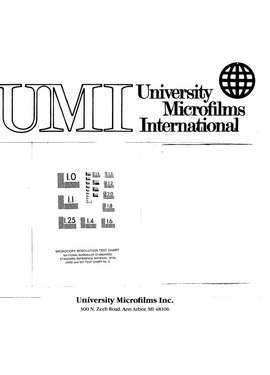| dc.contributor.author | Nabavi Nouri, Nasrin, | en_US |
| dc.date.accessioned | 2013-08-16T12:29:24Z | |
| dc.date.available | 2013-08-16T12:29:24Z | |
| dc.date.issued | 1985 | en_US |
| dc.identifier.uri | https://hdl.handle.net/11244/5369 | |
| dc.description.abstract | NK cells have Fc receptors on their surfaces, and are capable of antibody-dependent cell-mediated cytotoxicity (ADCC) against IgG-coated target cells. We examined the effects of the IgG fraction of rabbit anti-cryptococcal antibody on the NK cell-mediated growth inhibition of C. neoformans. In the presence of rabbit anti-cryptococcal antibody the growth inhibitory activity of the NK cells against C. neoformans was significantly augmented. The antibody-dependent cryptococcal growth inhibitory activity of the various effector cells was parallel to their levels of NK activity against YAC-1 targets and their spontaneous growth inhibitory activity against C. neoformans. Enrichment for NK cells by Percoll fractionation was concomitant with enhancement of both antibody-dependent and spontaneous anti-cryptococcal activities. The data indicate that the effector cells involved in antibody-dependent growth inhibition of cryptococci are either NK cells or copurify and coexist in the same population with NK cells. (Abstract shortened with permission of author.) | en_US |
| dc.description.abstract | Previous data generated by Murphy and McDaniel indicate that normal murine nylon wool nonadherent splenic cells, with the characteristics of natural killer (NK) cells, effectively inhibit the in vitro growth of Cryptococcus neoformans, a yeast-like pathogen. Nylon wood nonadherent cells from spleens of 7-8 week old mice were further fractionated on discontinuous Percoll gradients. The enrichment of NK cells in Percoll fractions 1 and 2 was confirmed by morphological examination, immunofluorescent staining, and by assessing the cytolytic activity of each Percoll cell fraction against YAC-1 targets in the 4 h ('51)Cr release assay. Cells isolated from each Percoll fraction were tested for growth inhibitory activity against C. neoformans, using an in vitro 18 h growth inhibition assay. The results showed that NK cell enrichment was concomitant with the enrichment of anti-cryptococcal activity in the Percoll fractions 1 and 2. Cells from NK-rich fractions formed conjugates with the mycotic targets similar to those reported in the NK-tumor system. In addition, the percentage of effector cell-Cryptococcus conjugates was directly proportional to the level of C. neoformans growth inhibitory activity of the effector cells employed. Scanning electron microscopy of the effector cell-Cryptococcus conjugates showed a direct contact between the effector cells and cryptococcal targets. An immunolabeling method combined with scanning electron microscopy was used to demonstrate that the effector cells attached to C. neoformans were asialo GM(, 1) positive and, therefore, had NK cell characteristics. | en_US |
| dc.format.extent | x, 104 leaves : | en_US |
| dc.subject | Biology, Microbiology. | en_US |
| dc.subject | Cryptococcus neoformans. | en_US |
| dc.subject | Killer cells. | en_US |
| dc.title | Effects of murine natural killer cells on Cryptoccus neoformans / | en_US |
| dc.type | Thesis | en_US |
| dc.thesis.degree | Ph.D. | en_US |
| dc.thesis.degreeDiscipline | Department of Microbiology and Plant Biology | en_US |
| dc.note | Source: Dissertation Abstracts International, Volume: 47-03, Section: B, page: 0925. | en_US |
| ou.identifier | (UMI)AAI8601150 | en_US |
| ou.group | College of Arts and Sciences::Department of Microbiology and Plant Biology | |
